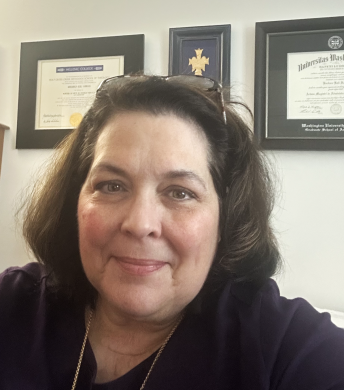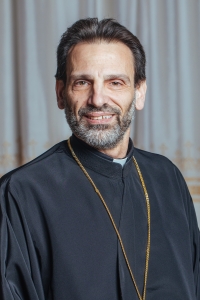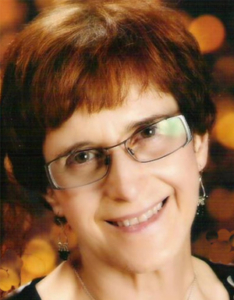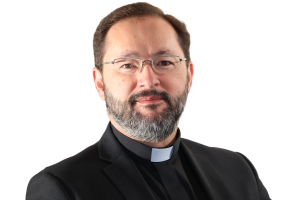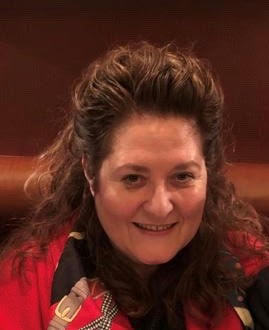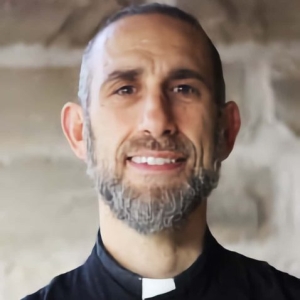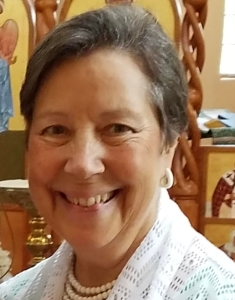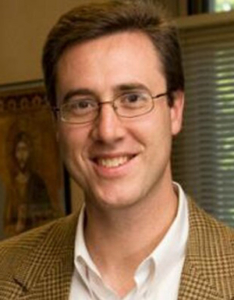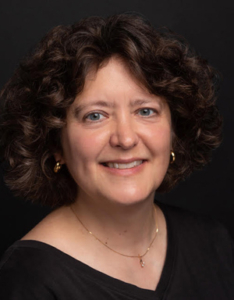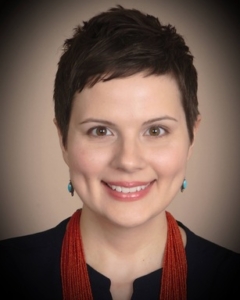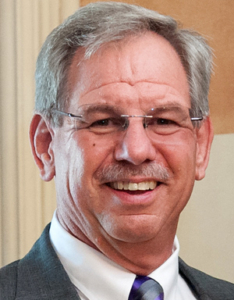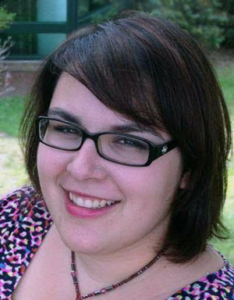Shared Ministry and Divine Grace: Restoring the Diaconate in Orthodoxy
by Rev. Dr. Nicholas Denysenko
The Orthodox world is buzzing with the recent news report on the ordination of deaconesses in the Patriarchate of Alexandria. To the best of our knowledge, the ordination occurred after the Divine Liturgy in the nave of the temple, and appears to resemble the rite used to ordain subdeacons. This rite includes the presentation of the orarion, handlaying, a prayer, and the washing of the bishop’s hands. The reports do not offer details on the prayer said by the Patriarch. It seems that the Patriarch did not use the Byzantine Rite for the ordination of a deaconess, which takes place at the end of the anaphora (before the deacon intones the litany before the Lord’s Prayer, “Having remembered all the saints”), in the altar, and includes the deaconesses receiving Communion with the other clergy in the altar, according to order. While Patriarch Theodoros II appeared to use the rite for the ordination of subdeacons, the Patriarchate of Alexandria is referring to these newly-ordained women as deaconesses, and has appointed them to perform crucial sacramental and catechetical ministries as part of the Patriarchate’s missionary work.
The ordination of these five deaconesses in Alexandria marks a turning point in the discussion about the order of deaconess within the Orthodox Church. To date, the restoration of the female diaconate has been limited to discussion, deliberation, and study – not to mention heated debate. With this ordination, we now have a historical episode of ordination and appointment to ministry, a pattern for what the female diaconate could become. Will the Alexandrian ordination become the new rite for the order of deaconess, or will the Church dust off the Byzantine rite of the ordination of a deaconess? What other ministries might the deaconesses execute? We do not know the answers to these questions. We do know that the debate on the female diaconate is going to intensify.
As part of an ongoing research project, I’ve been asking Orthodox lay women and men for their opinions about the restoration of the order of deaconess. The responses seem to fit the positions presented by ideologues in the debate. Some people argue that restoring the order of deaconess is a legitimate application of ressourcement, of drawing upon our liturgical and ecclesiological history to appoint ministers who contribute to the building up of the body of Christ through particular gifts. Others depict the attempt to restore the deaconess as a trojan horse strategy to inject secular egalitarian values into the Church’s political theology. Others are unsure: one lay woman remarked that Orthodoxy “has the Panagia, and the Greek Orthodox Church has the Philoptochos Society – women essentially run the Church – why do we need a female diaconate?”
In reflecting on these responses, I was struck by the impression that very few people asked how the ministry of the deaconess would complement the current work done by bishops, presbyters, and deacons.
An honest appraisal of the orders of our Church demonstrates a reality: we are a presbyteral Church. For the vast majority of Orthodox Christians, the experience of Church ministry begins and ends with the priest. This experience might have diverse dimensions in various Orthodox Churches, especially those with deacons or in the proximity of a monastery, but the fact remains that the priest is essentially a “one-man band” in the Church. The priest presides at all liturgical offices; the priest anoints the sick and brings them Communion; the priest offers catechesis and preaches; the priest hears confessions and imparts spiritual direction; the priest functions as the local expert on Orthodoxy. The laity are charged with leading liturgical singing, taking care of the Church building, and handling financial issues, and in situations where the laity or a parish deacon exercise ministry, it occurs only under the supervision and with the blessing of the priest.
Many of the priests I have come to know over the years have expressed frustration on the absence of assistance in parish ministry. Most priests long for an associate or assistant priest; others want a deacon; some have taken the healthy step of sharing their ministry with the laity, by deputizing lay women and men to visit the sick in the hospital and pray with them, and blessing laity to pray the Liturgy of the Hours without a priest. Even rectors of small parishes feel strained, especially when they have other employment obligations to satisfy the daily needs of their families.
The Orthodox Church is a Church of orders: our body of Christ has the orders of laity, episcopate, priesthood, and diaconate. Each order has its own distinct ministry designed to contribute to the building up of the communion of the Holy Spirit. A significant feature of the rites of ordination to the order of bishop, priest, deacon, and deaconess – but not subdeacon – is the ancient “Divine Grace” formula: “The Divine Grace, which always heals that which is inform and supplies what is lacking, appoints the [designated order] N., beloved by God, as [designated order]. Let us pray therefore that the grace of the Holy Spirit may come upon him/her” (translation, adapted from Paul Bradshaw, Ordination Rites of the Ancient Churches of East and West [Pueblo, 1990], 133). The presiding bishop calls upon the “Divine grace” to supply what is lacking, a reference to God appointing this particular minister to work in the Lord’s vineyard. The Divine Grace has always supplied men and women to “supply what is lacking” in the Church.
Something is lacking in Orthodox pastoral ministry: there is a dire need for the Church to appeal to God to supply people who can fill that which is “lacking” in the life of the Church, because priests cannot do it all. For centuries, the Church has depended almost solely on the work of the priests. I do not mean to dismiss the life-giving contributions made by bishops and deacons in the Church; my message is an appeal for all who are invested in ecclesiology, mission, and the question of the female diaconate to acknowledge the proverbial “elephant in the room.” How much more blood might be given to the Church were we to expand the diaconal ministry beyond liturgical performance, aesthetically-pleasing as it is?
The Patriarchate of Alexandria appears to be responding to pastoral needs in the life of the Church through action. Their example indicates that building up the body of Christ supersedes our ideological debates about gender and power – the world needs people who are willing to bear Christ’s Divine Grace to them by offering their particular gifts to the Church, to supply that which is lacking. The debate on the need for a female diaconate is sure to continue. For those of us willing to continue the debate, it is essential that we assess all of the orders of the Church and imagine how they might work together so that each order – laity, episcopate, priesthood, and diaconate – is truly working with the others to be the body of Christ. If we want this body of Christ to be healthy, and to be animated in working for the life of the world by the grace of God, the time has arrived for us to be honest about how the parts of the body we do not exercise enough might be rehabilitated and strengthened so that the body does not depend solely on priests. The life of the Church does not depend on ideological absolutism: it depends on the offerings of Christ as the head together with the rest of the Church.
Nicholas Denysenko is Associate Professor of Theological Studies and Director of the Huffington Ecumenical Institute at Loyola Marymount University. He is an ordained deacon of the Orthodox Church in America. He is scheduled to speak at the St. Phoebe Conference “Renewing the Male and Female Diaconate in the Orthodox Church” October 6-7, 2017 in Irvine, California.












